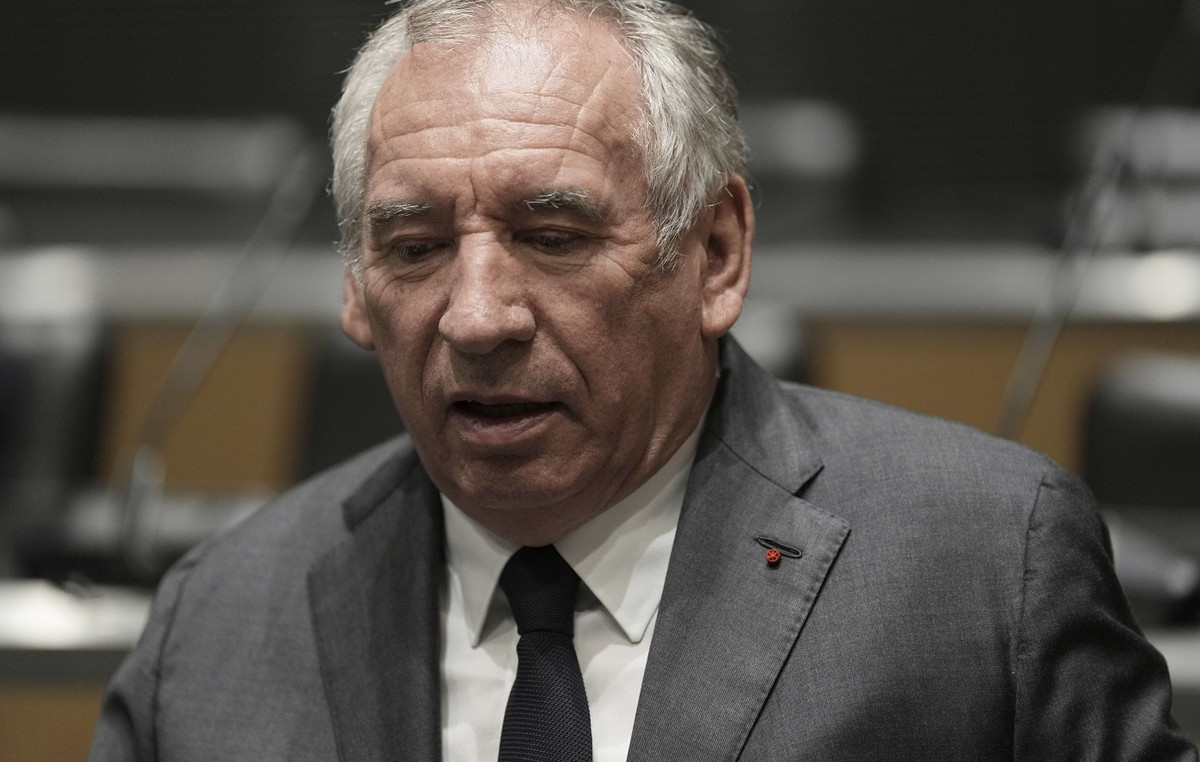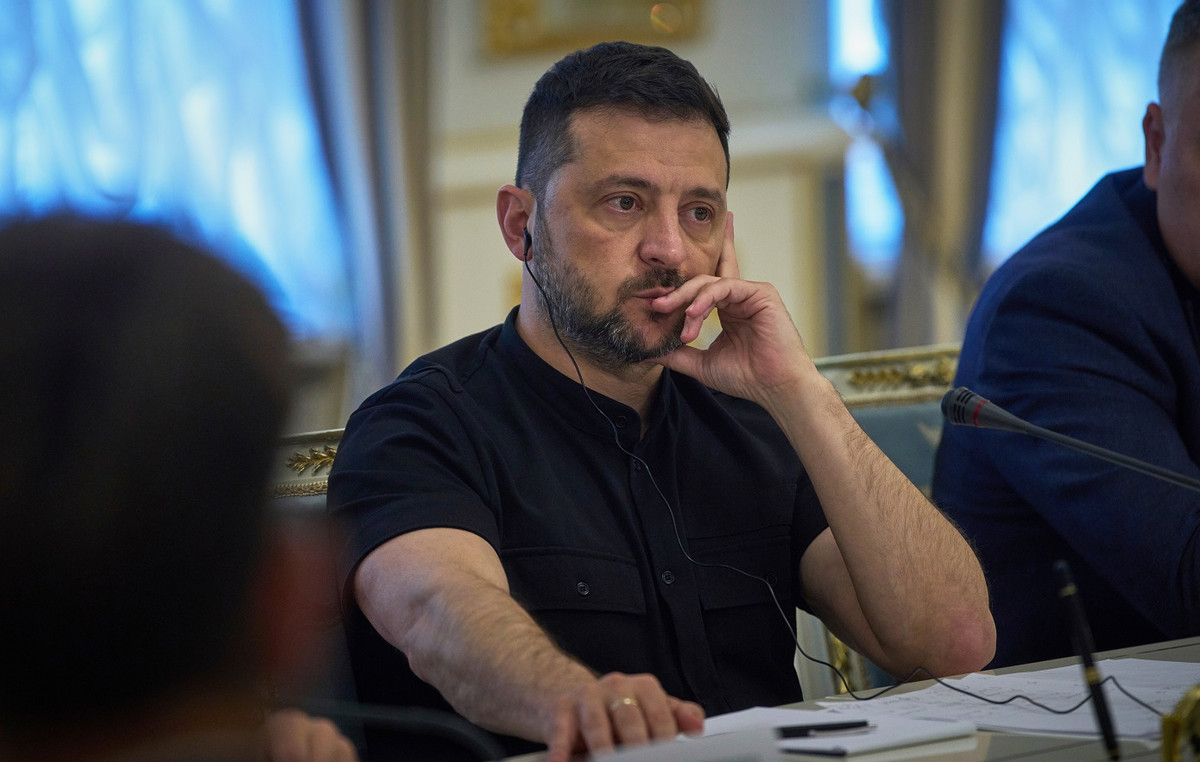A year ago, the Federal Council of Medicine (CFM) banned the use of androgenic and anabolic steroids (EAA) for aesthetic, performance or for muscle mass gain in Brazil. Considered a public health problem, the indiscriminate use of these synthetic substances derived from testosterone increases health risks, especially cardiovascular health.
Now a scientific letter published on Jama – one of the most important medical journals in the world – brings data from a Danish observational study that indicates that the The use of anabolic steroids increases the risk of death by 2.8 times .
Denmark has a medical register for all its inhabitants and, for around 11 years, sporadic inspections with anti-doping tests were carried out in gyms in the country. For each individual identified as anabolic steroid user , 50 controls from the general population were included. In total, the study monitored 1,189 men using anabolic steroids and 59,450 control men, with an average age of 27 years.
During the follow-up period, 33 anabolic steroid users died, compared to 578 in the control group (remembering that the control group had 50 individuals for each anabolic steroid user). This means that the mortality rate among anabolic steroid users was 2.81 times higher than among non-users.
When unnatural deaths were analyzed, such as accidents, violent crimes and suicides, the difference was even more pronounced, reaching a mortality rate 3.64 times higher among steroid users compared to those who did not use them.
“These results raise serious concerns about the risk of death associated with the use of anabolic steroids and highlight the urgent need to raise awareness about their effects”, warns endocrinologist Clayton Luiz Dornelles Macedo, who coordinates the Exercise and Sports Endocrinology Center of the Hospital Israelita Albert Einstein and the Sports Endocrinology outpatient clinic at the Federal University of São Paulo (Unifesp). At this outpatient clinic, a program called Bomba Tô Fora is developed, which provides preventive work and free care for anabolic steroid users in the Unified Health System (SUS).
It is important to highlight the limitations of the study – it is an observational research, that is, there were no adjustments for variables that could influence the health of the participants and it is not possible to identify the causes of deaths. Still, experts say the study was very well conducted and adds to existing evidence of health risks.
“Even if we don't know the details of what caused death, whether there were cases of obesity, or associated diseases, or the use of concomitant medications, this finding is statistically important. It is important to direct our vision and guide our patients on how the use of anabolic steroids increases the risk of dying”, emphasizes the endocrinologist.
Macedo also highlighted that it would be difficult for any researcher to carry out a randomized clinical study, using placebo, because of the high doses of steroids used by the majority of people who use these substances without control. “The ideal design of a study would be to subject the patient to the use of steroids in a randomized manner and compare with placebo, but probably no ethics committee in the world would approve studies of this type. Despite these criticisms, the Danish group detected positivity for anabolic steroids and these people were followed for many years,” he says.
It is possible to suspend use
More than carrying out guidance campaigns on the risk of using anabolic steroids, Macedo says that it is necessary to welcome and guide, through interdisciplinary and individualized care, the patient who decides to stop using them. “If the patient abruptly stops using the substance, the body will experience an abstinence syndrome similar to that of opioid use. He feels tired, weak, agitated, and it makes him want to start using again,” he says.
Another problem with abruptly stopping use is that the body needs to reorganize itself to produce again. testosterone and this takes time – on average 52 months for everything to return to normal. With excess hormone coming from outside, the internal system blocks natural production and, when it needs to produce again, it takes a while.
“When the patient stops using external testosterone, the body becomes confused with the lack of the hormone. This reduces potency, decreases libido, and makes the patient more tired. If not properly guided, he may want to use it again. There is a drug withdrawal protocol and this depends on each case. Therefore, it is the doctor's role not to make judgments, not to be prejudiced and to welcome the user patient. It’s one thing to work with an educational campaign so people don’t use anabolic steroids and another thing to treat the individual who is using the medication”, he emphasizes.
Macedo explains that it is necessary to provide alternatives to individuals who used steroids and decided to stop. “When he stops using it, he loses his gains (muscle hypertrophy, for example) because he was living in a borrowed body, in a false metabolic state. We need to provide alternatives to this individual, who must be accompanied by a physical education professional to have adequate training aimed at hypertrophy. He needs adequate nutrition and supplementation, if necessary, with an energy supply of carbohydrates and proteins for muscle production. Furthermore, there is often a basic psychiatric disorder, with a distorted body self-image, which is why psychiatric and psychological support may be necessary”, he said.
In Macedo's opinion, one year after the CFM resolution prohibiting the use of anabolic steroids for aesthetic and performance purposes, the level of education of potential users has improved. “The impression I have is that many people who intended to use it thought twice and ended up putting that desire aside. But in Brazil the use of anabolic steroids is still a problem. The risks are far greater than any potential benefits. There is no safe dose, as even small doses or few doses can have a serious side effect”, concludes the specialist.
Source: CNN Brasil
I am an experienced journalist and writer with a career in the news industry. My focus is on covering Top News stories for World Stock Market, where I provide comprehensive analysis and commentary on markets around the world. I have expertise in writing both long-form articles and shorter pieces that deliver timely, relevant updates to readers.







